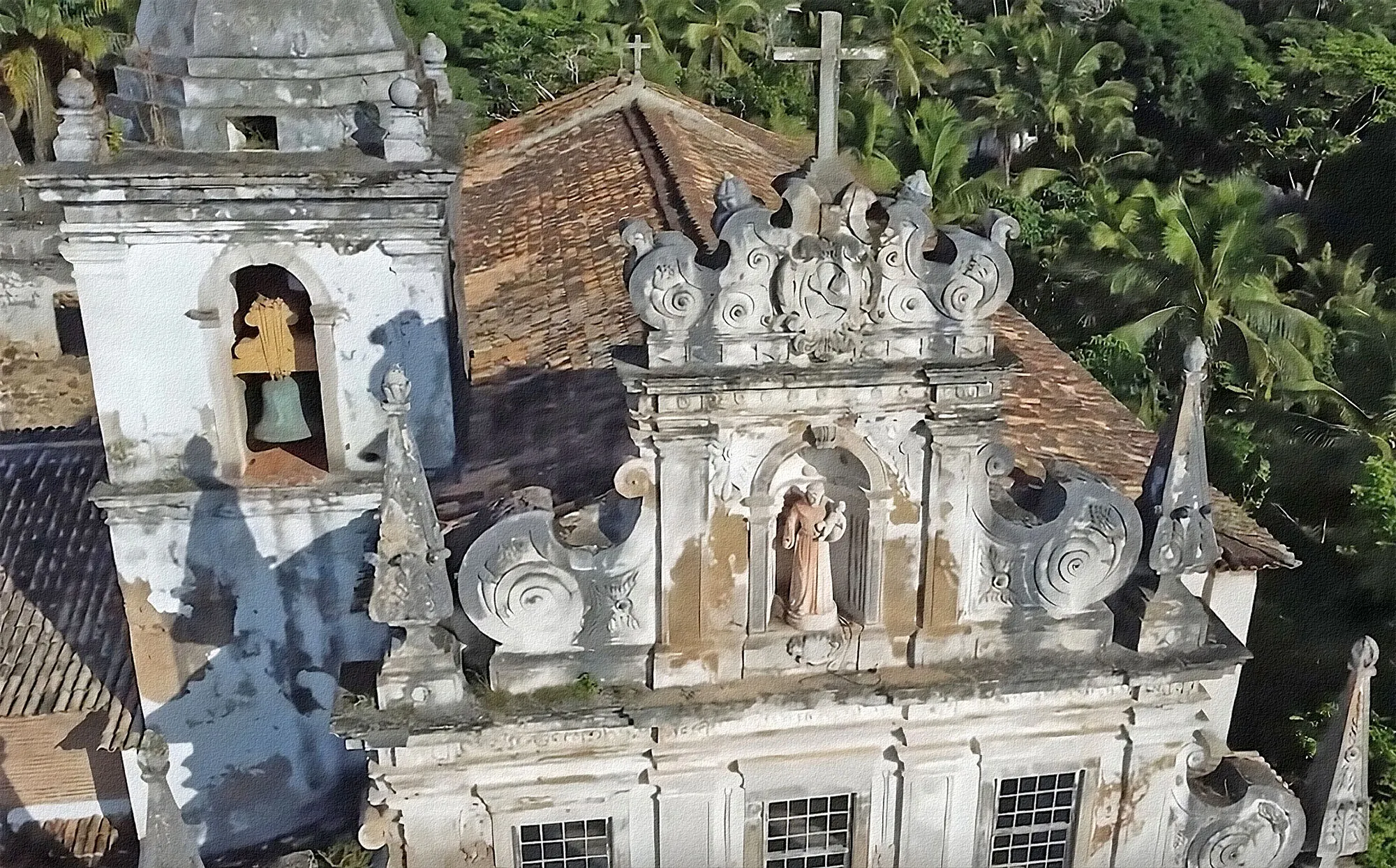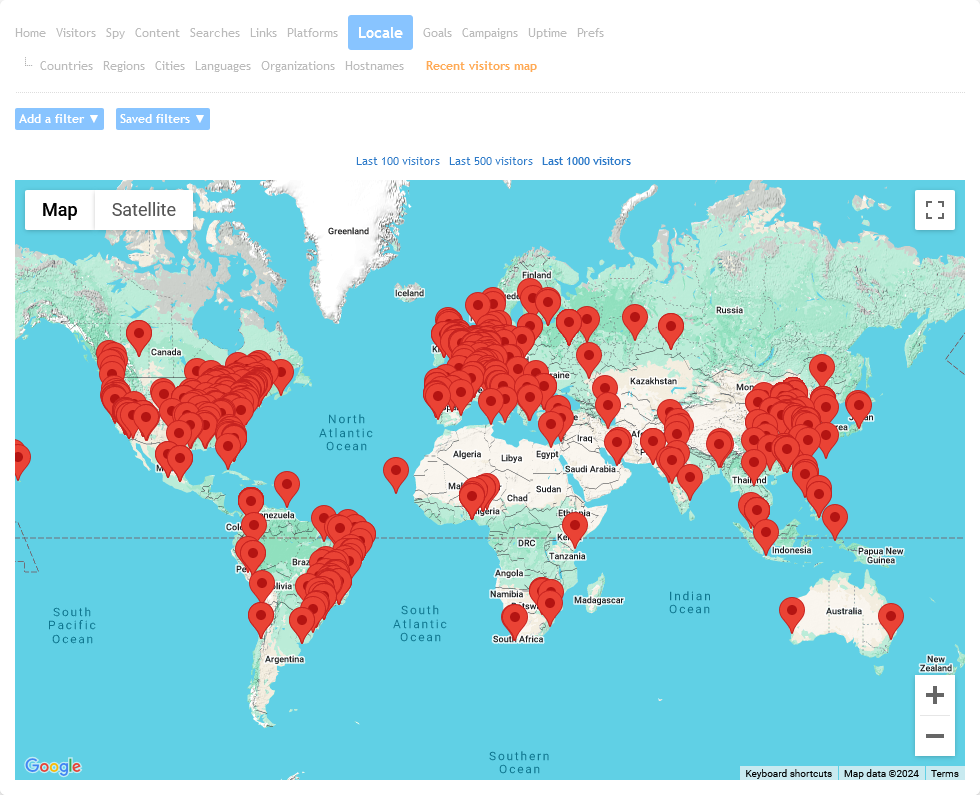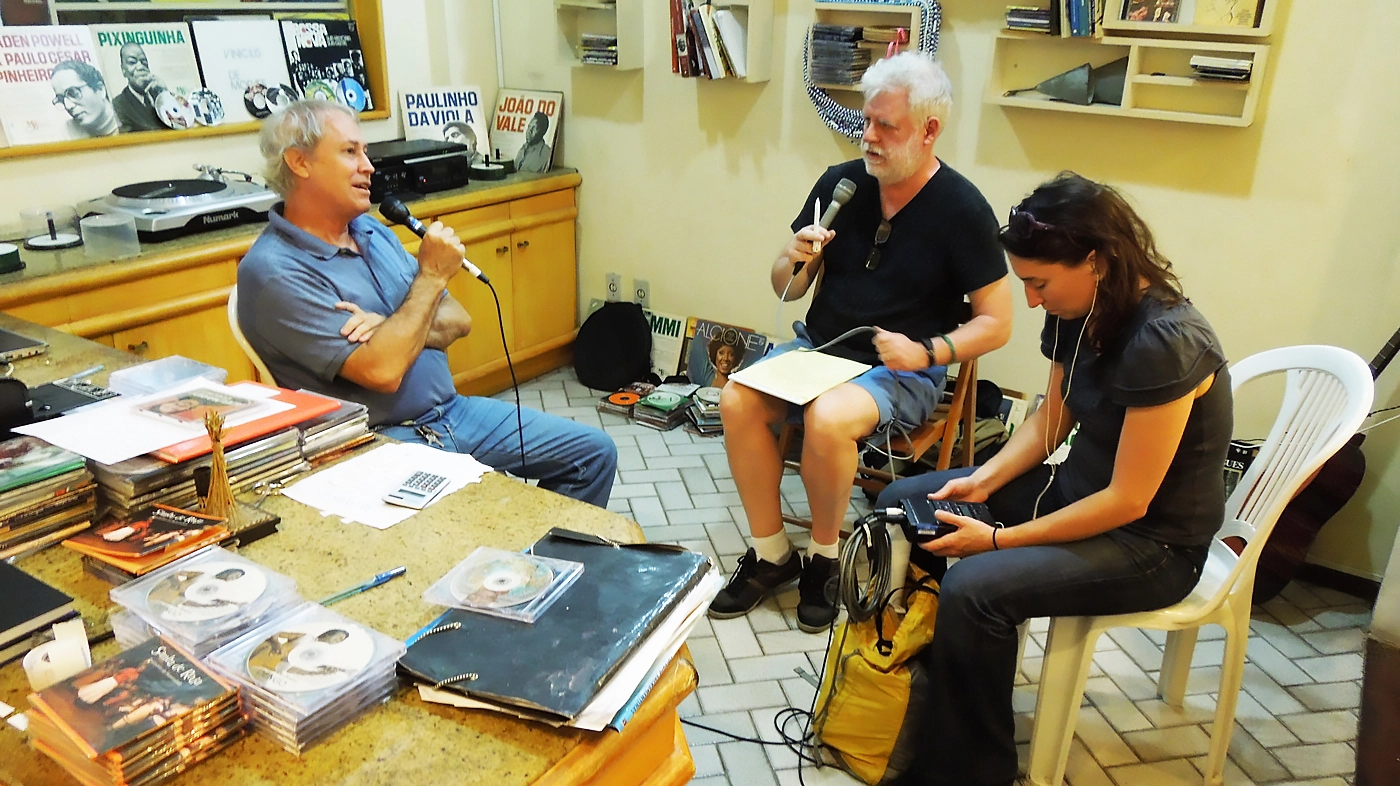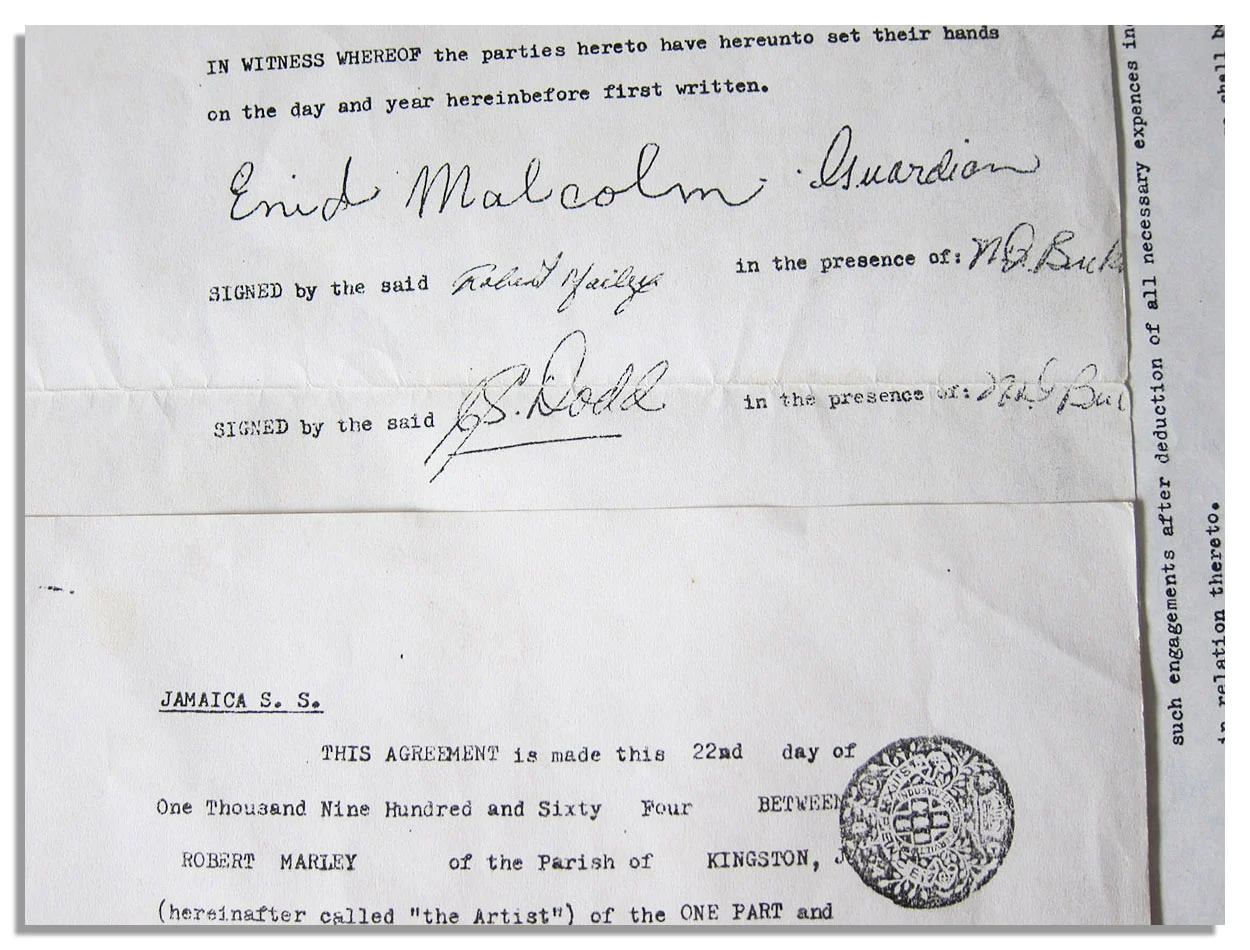CURATION
-
from this page:
by Augmented Matrix
The Integrated Global Creative Economy
-
Name:
Pat Metheny
-
City/Place:
Boston
-
Country:
United States
-
Hometown:
Kansas City, Missouri
Life
-
Bio:
PAT METHENY was born in Kansas City on August 12, 1954 into a musical family. Starting on trumpet at the age of 8, Metheny switched to guitar at age 12. By the age of 15, he was working regularly with the best jazz musicians in Kansas City, receiving valuable on-the-bandstand experience at an unusually young age. Metheny first burst onto the international jazz scene in 1974. Over the course of his three-year stint with vibraphone great Gary Burton, the young Missouri native already displayed his soon-to-become trademarked playing style, which blended the loose and flexible articulation customarily reserved for horn players with an advanced rhythmic and harmonic sensibility - a way of playing and improvising that was modern in conception but grounded deeply in the jazz tradition of melody, swing, and the blues. With the release of his first album, Bright Size Life (1975), he reinvented the traditional "jazz guitar" sound for a new generation of players. Throughout his career, Pat Metheny has continued to re-define the genre by utilizing new technology and constantly working to evolve the improvisational and sonic potential of his instrument. METHENY'S versatility is almost nearly without peer on any instrument. Over the years, he has performed with artists as diverse as Steve Reich to Ornette Coleman to Herbie Hancock to Jim Hall to Milton Nascimento to David Bowie. Metheny's body of work includes compositions for solo guitar, small ensembles, electric and acoustic instruments, large orchestras, and ballet pieces, with settings ranging from modern jazz to rock to classical.
As well as being an accomplished musician, Metheny has also participated in the academic arena as a music educator. At 18, he was the youngest teacher ever at the University of Miami. At 19, he became the youngest teacher ever at the Berklee College of Music, where he also received an honorary doctorate more than twenty years later (1996). He has also taught music workshops all over the world, from the Dutch Royal Conservatory to the Thelonius Monk Institute of Jazz to clinics in Asia and South America. He has also been a true musical pioneer in the realm of electronic music, and was one of the very first jazz musicians to treat the synthesizer as a serious musical instrument. Years before the invention of MIDI technology, Metheny was using the Synclavier as a composing tool. He has also been instrumental in the development of several new kinds of guitars such as the soprano acoustic guitar, the 42-string Pikasso guitar, Ibanez's PM-100 jazz guitar, and a variety of other custom instruments. He took the whole instrument development process into a different level with his mechanical, solenoid driven Orchestrion.
It is one thing to attain popularity as a musician, but it is another to receive the kind of acclaim Metheny has garnered from critics and peers. Over the years, Metheny has won countless polls as "Best Jazz Guitarist" and awards, including three gold records for Still Life (Talking), Letter from Home, and Secret Story. He has also won 20 Grammy Awards in 12 different categories including Best Rock Instrumental, Best Contemporary Jazz Recording, Best Jazz Instrumental Solo, Best Instrumental Composition. The Pat Metheny Group won an unprecedented seven consecutive Grammies for seven consecutive albums. Metheny has spent most of his life on tour, averaging between 120-240 shows a year since 1974. At the time of this writing, he continues to be one of the brightest stars of the jazz community, dedicating time to both his own projects and those of emerging artists and established veterans alike, helping them to reach their audience as well as realizing their own artistic visions.
Contact Information
-
Management/Booking:
BOOKING:
Phone: 617.254.0007
Email: [email protected]
Web: www.thekurlandagency.com
MANAGEMENT:
Phone: 617.254.0007
Email: [email protected]
Publishing Requests
KOBALT MUSIC PUBLISHING
Grace Plante
Phone: 212-247-6204
Email: [email protected]
Web: www.kobaltmusic.com
Clips (more may be added)
The idea is simple, powerful, and egalitarian: Human society is a small-world network in which most people in the world are within six degrees of us. The concept of a "small world" network (see Wolfram above) actuates within THIS network too, placing musicians, writers, filmmakers... planetwide, within accessible steps all humanity. Beginning here...
There are certain countries the names of which fire the imagination. Brazil is one of them, an amalgam of primitive and sophisticated, jungle and elegance, luscious jazz harmonics and complex rhythms... The Integrated Global Creative Economy (we invented the concept) uncoils from this sprawling Indigenous, African, Sephardic and then Ashkenazic, Arabic, European, Asian cultural matrix — concatenating branches of a virtual rainforest tree rooted in Bahia, canopy spreading to embrace the entire planet...
 Ex Terra Brasilis
Ex Terra Brasilis
Ground Zero for the project was the culture born in Brazil's quilombos (in Angola a kilombo is a village; in Brazil it is a village either founded by Africans or Afro-Brazilians who had escaped slavery, or — as in the case of São Francisco do Paraguaçu below — occupied by such after abandonment by the ruling class):

...theme music for a Brazilian Matrix, from an Afro-Brazilian Mass by
It’s like a trick of the mind’s light (I suppose), but standing on beach or escarpment in Salvador and looking out across the Baía de Todos os Santos to the great Recôncavo, and mindful of what happened there (the Bahian Recôncavo was final port-of-call for more enslaved human beings than any other place throughout the entirety of mankind’s existence on this planet), one must be led to the inevitable conclusion that one is in a place unique to history:

Brazil absorbed over ten times the number of enslaved Africans taken to the United States of America, and is a repository of African deities (and their music) now largely forgotten in their lands of origin.
Brazil was a refuge (of sorts) for Sephardim fleeing an Inquisition which followed them across the Atlantic (that unofficial symbol of Brazil’s national music — the pandeiro — was almost certainly brought to Brazil by these people).
Across the parched savannas of the interior of Brazil’s culturally fecund nordeste/northeast (where wizard Hermeto Pascoal was born in Lagoa da Canoa — Lagoon of the Canoe — and raised in Olho d’Águia — Eye of the Eagle), much of Brazil’s aboriginal population was absorbed into a caboclo/quilombola culture punctuated by the Star of David.
Three cultures — from three continents — running for their lives, their confluence forming an unprecedented fourth. Great culture is great power.
And in a small world great things are possible.
And in a small world great things are possible.
 Alicia Svigals
Alicia Svigals
"Thanks, this is a brilliant idea!!"
—Alicia Svigals (NEW YORK CITY): Apotheosis of klezmer violinists
"Dear Sparrow: I am thrilled to receive your email! Thank you for including me in this wonderful matrix."
—Susan Rogers (BOSTON): Director of the Berklee Music Perception and Cognition Laboratory ... Former personal recording engineer for Prince; "Purple Rain", "Sign o' the Times", "Around the World in a Day"
"Dear Sparrow, Many thanks for this – I am touched!"
—Julian Lloyd Webber (LONDON): Premier cellist in UK; brother of Andrew (Evita, Jesus Christ Superstar, Cats, Phantom of the Opera...)
"This is super impressive work ! Congratulations ! Thanks for including me :)))"
—Clarice Assad (RIO DE JANEIRO/CHICAGO): Pianist and composer with works performed by Yo Yo Ma and orchestras around the world
"We appreciate you including Kamasi in the matrix, Sparrow."
—Banch Abegaze (LOS ANGELES): manager, Kamasi Washington
"Thanks! It looks great!....I didn't write 'Cantaloupe Island' though...Herbie Hancock did! Great Page though, well done! best, Randy"
"Very nice! Thank you for this. Warmest regards and wishing much success for the project! Matt"
—Son of Jimmy Garrison (bass for John Coltrane, Bill Evans...); plays with Herbie Hancock and other greats...
I opened the shop in Salvador, Bahia in 2005 in order to create an outlet to the wider world for magnificent Brazilian musicians.
David Dye & Kim Junod for NPR found us (above), and Kareem Abdul-Jabbar (he's a huge jazz fan), David Byrne, Oscar Castro-Neves... Spike Lee walked past the place while I was sitting on the stoop across the street drinking beer and listening to samba from the speaker in the window...
But we weren't exactly easy for the world-at-large to get to. So in order to extend the place's ethos I transformed the site associated with it into a network wherein Brazilian musicians I knew would recommend other Brazilian musicians, who would recommend others...
And as I anticipated, the chalky hand of God-as-mathematician intervened: In human society — per the small-world phenomenon — most of the billions of us on earth are within some 6 or fewer degrees of each other. Likewise, within a network of interlinked artists as I've described above, most of these artists will in the same manner be at most a handful of steps away from each other.
So then, all that's necessary to put the Brazilians within possible purview of the wide wide world is to include them among a wide wide range of artists around that world.
If, for example, Quincy Jones is inside the matrix, then anybody on his page — whether they be accessing from a campus in L.A., a pub in Dublin, a shebeen in Cape Town, a tent in Mongolia — will be close, transitable steps away from Raymundo Sodré, even if they know nothing of Brazil and are unaware that Sodré sings/dances upon this planet. Sodré, having been knocked from the perch of fame and ground into anonymity by Brazil's dictatorship, has now the alternative of access to the world-at-large via recourse to the vast potential of network theory.
...to the degree that other artists et al — writers, researchers, filmmakers, painters, choreographers...everywhere — do also. Artificial intelligence not required. Real intelligence, yes.
Years ago in NYC (I've lived here in Brazil for 32 years now) I "rescued" unpaid royalties (performance & mechanical) for artists/composers including Barbra Streisand, Aretha Franklin, Mongo Santamaria, Jim Hall, Clement "Coxsone" Dodd (for his rights in Bob Marley compositions; Clement was Bob's first producer), Led Zeppelin, Ray Barretto, Philip Glass and many others. Aretha called me out of the blue vis-à-vis money owed by Atlantic Records. Allen Klein (managed The Beatles, The Rolling Stones, Ray Charles) called about money due the estate of Sam Cooke. Jerry Ragovoy (Time Is On My Side, Piece of My Heart) called just to see if he had any unpaid money floating around out there (the royalty world was a shark-filled jungle, to mangle metaphors, and I doubt it's changed).
But the pertinent client (and friend) in the present context is Earl "Speedo" Carroll, of The Cadillacs. Earl went from doo-wopping on Harlem streetcorners to chart-topping success to working as a custodian at PS 87 elementary school on the west side of Manhattan. Through all of this he never lost what made him great.
Greatness and fame are too often conflated. The former should be accessible independently of the latter.
Yeah this is Bob's first record contract, made with Clement "Sir Coxsone" Dodd of Studio One and co-signed by his aunt because he was under 21. I took it to Black Rock to argue with CBS' lawyers about the royalties they didn't want to pay (they paid).
Matrix founding creators are behind "one of 10 of the best (radios) around the world", per The Guardian.
Across the creative universe... For another list, reload page.
This list is random, and incomplete. Reload the page for another list.
For a complete list of everybody inside, tap TOTAL below:
 TOTAL
TOTAL






